The EU livestock sector has far-reaching environmental, economic and social consequences. Increasing the sustainability of our food systems requires looking at all three angles, where a systemic approach is key. The environmental impact of the livestock sector is significant, both negative, in terms of greenhouse gas (GHG) emissions for instance, and positive, regarding for example maintenance of permanent grassland, which benefits biodiversity and represents an important carbon sink. While a lot has been done to reduce the negative impacts, much more can be done. These are among the key findings of the external ‘Study on Future of EU livestock: How to contribute to a sustainable agricultural sector?’, published today by the European Commission. Prepared by two independent experts, this study was requested by the Commission to contribute to the debate on the sustainability of the livestock sector.
Economic and social importance
Across the EU, the livestock sector plays a significant economic and social role. For instance, in 2017, the value of livestock production and livestock products in the EU-28 was equal to € 170 billion, representing 40% of the total agricultural activity. Furthermore, European livestock farms employ around 4 million people, with on average, 1 to 2 workers per livestock farm.
In terms of consumption, protein of animal origin covers over 50% of the total protein content of European diets. In 2020, each European is expected to consume 69.5 kilograms of meat and 236 litres of milk. In recent years, EU meat and dairy consumption has started to decline, with meat consumption expected to decline further by 2030. A shift in the basket of products purchased by average consumers is also noticeable, with a decrease in beef consumption, and a replacement of pigmeat with poultry meat.
Environmental challenges
The study describes the significant environmental impact of the livestock sector both in positive and negative terms. In 2017, the EU-28 agricultural sector produced 10% of the region’s total GHG emissions, which is less than industry (38 %) or transport (21%). Once emissions related to the production, transport and processing of feed are included, the livestock sector is responsible for 81-86% of total agricultural GHG emissions. Furthermore, livestock farming contributes to the presence of surplus nitrogen in European aquatic environments while also being a principal emitter of ammonia, leading to considerable environmental damage, such as eutrophication.
The livestock sector contributes to the EU GHG emissions via its effects on soil carbon stocks. For instance, the conversion of arable land into grasslands or forests leads to increased carbon storage, while the conversion of forests and grasslands to arable land has the opposite effect, leading to emissions of carbon. Livestock plays a key role in land use, that can be either positive or negative at local and global level, with for instance land use change mobilised for animal feeding and management of manure.
Livestock, especially ruminants, can have a positive impact on biodiversity and soil carbon via the maintenance of permanent grassland and hedges and optimised use of manure. These positive effects heavily depend on the type of livestock farming and the local conditions in which they are based. The study concludes that it not possible to consider livestock as a whole.
Increasing sustainability in the livestock sector
The study invites the reader to avoid oversimplification of the debate around the livestock sector and its impact.
The study highlights the EU livestock production’s efficiency. If production is reduced in the EU, the risk – if global demand for meat is sustained or increases – is that production and the associated impacts are displaced from the EU to other parts of the world. In addition, simply reducing EU livestock production might not lead to more sustainable agri-food chains. The study underlines the importance of taking into account the different production systems, which have different positive and negative environmental performances. Finally, the experts stipulate that in the transition towards more sustainable food systems, the economic and socio-cultural importance of the sector cannot be ignored. Livestock farming is more than only food production.
The livestock sector can play a key role in this transition, according to the study. The study suggests that livestock systems should evolve to provide a range of goods and services, rather than being guided solely by the goal of production. Climate, health and animal welfare should be placed at the heart of innovation for the livestock farming systems of tomorrow.
Innovation will be crucial to reduce the negative impacts of the sector, including the use of agro-ecological approaches, technology and increased circularity. Productive efficiency should be increased, while implementing a mix of new technologies and agroecological practices. For instance, agroecological approaches that integrate crops and livestock more closely and maximize the ability of livestock to use non-human-edible biomass for feed may provide scope for reducing pesticides and synthetic fertilizer use while maintaining productivity and ensuring the preservation of natural resources.
Finally, the study also points to the importance of governance to ensure continuity of farm businesses and avoid putting employment at risk during the transition to sustainable livestock systems. Migration to such systems will need to be encouraged by public policies and be rewarded through visibility and economic returns.
The role of the CAP and the Farm to fork strategy
Presented in May 2020 by the European Commission and part of the Green Deal, the Farm to fork strategy aims at making our food systems sustainable. This transition will safeguard food security, ensure access to healthy diets, reduce the environmental and climate footprint of EU food systems, while also ensuring the livelihoods of all operators in the food supply chain. To achieve this, the strategy translated this goal into concrete targets for 2030: reaching 25% of agricultural land under organic farming, reducing by 50% the use and risk of pesticides, a reduction by at least 20% of the use of fertilizers and reducing sales of antimicrobials used for farmed animals and aquaculture by 50%.
The common agricultural policy (CAP) will be a key tool in this transition and in achieving these targets. In the future CAP, each Member State will have to design a CAP strategic plan. Member States will explain in their plans how they will use CAP instruments to contribute to the achievement of the Farm to fork strategy’s objectives, based on their local conditions and needs,. In addition, the future CAP offers tools to further promote sustainable agricultural practices. These tools include the eco-schemes, available under the direct payments framework, and environmental and climate management commitments, available under the rural development framework. They both aim at rewarding farmers for going further in the implementation of sustainable farming practices, such as the use of precision farming, agroecological approaches and organic farming.

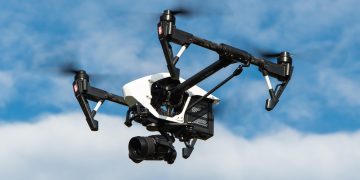

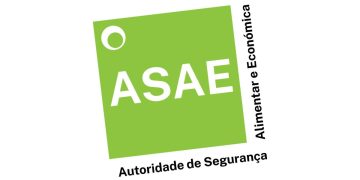

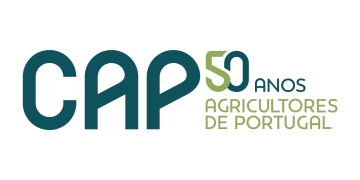

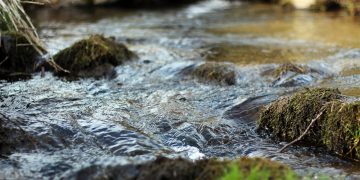













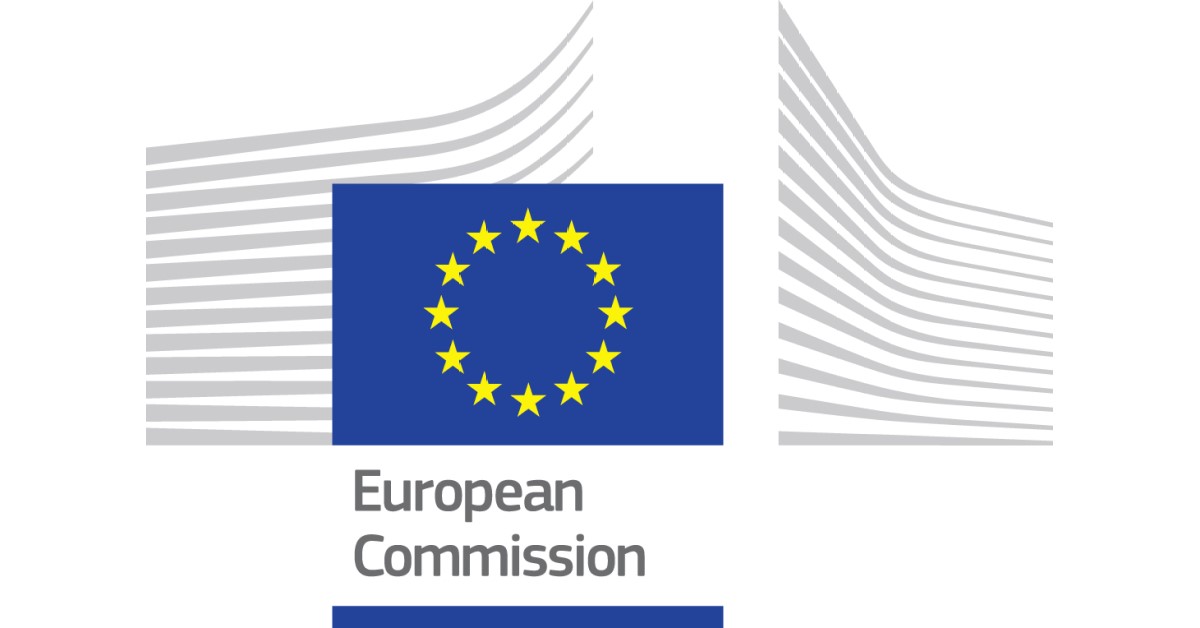
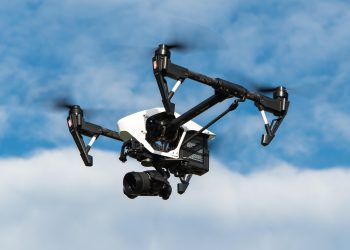




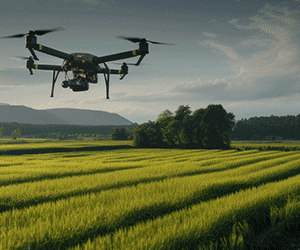

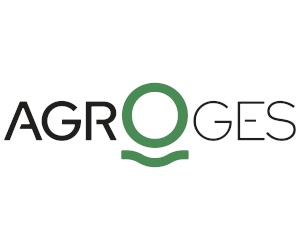

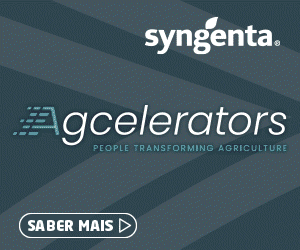





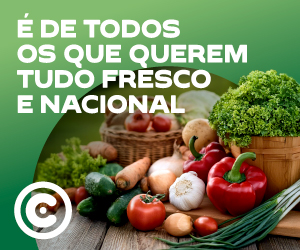
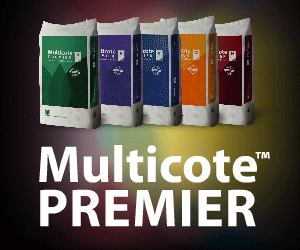
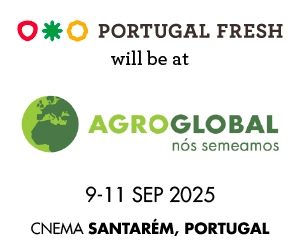




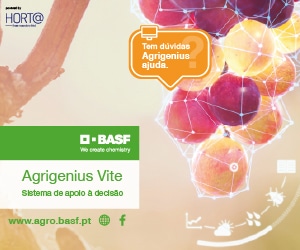

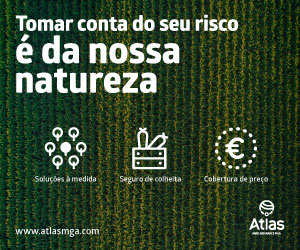





Discussão sobre este post